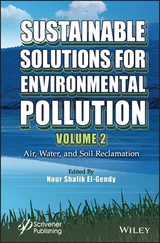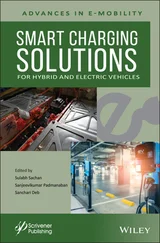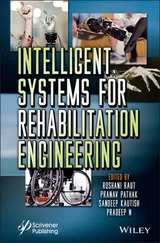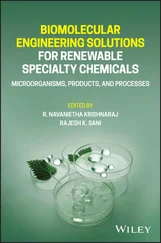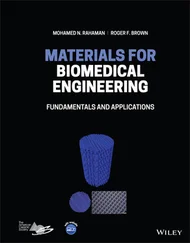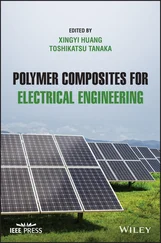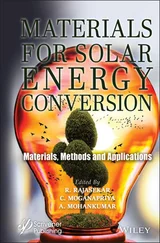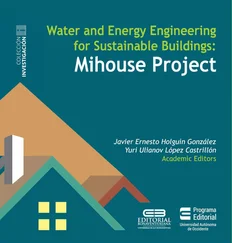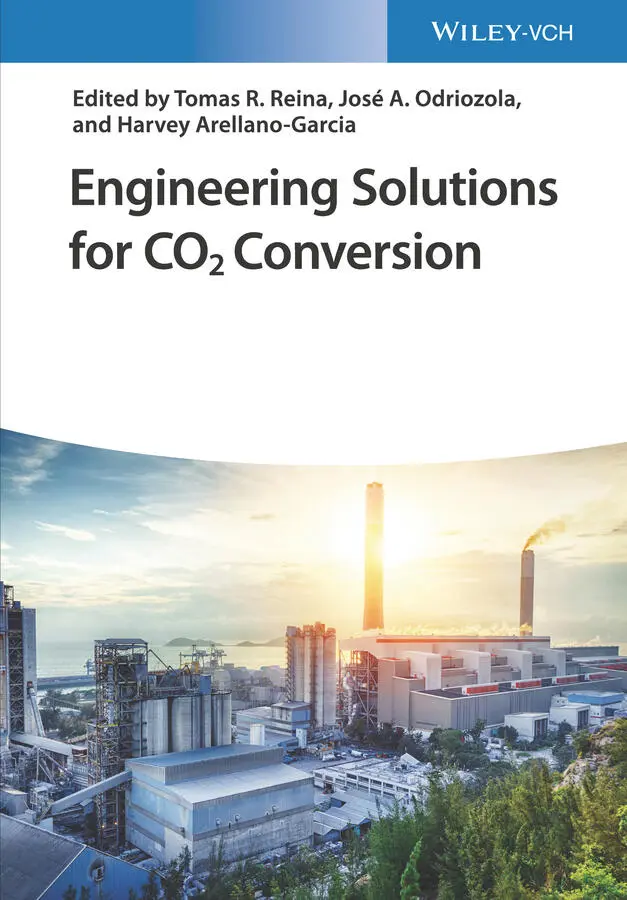
1 Cover
2 Engineering Solutions for CO 2Conversion Engineering Solutions for CO 2 Conversion Edited by Tomas R. Reina José A. Odriozola Harvey Arellano‐Garcia
3 Copyright Editors Dr. Tomas R. Reina University of Surrey Department of Chemical & Process Engineering 388 Stag Hill GU2 7XH Guildford, Surrey United Kingdom Prof. José A. Odriozola Universidad of Sevilla Inorganic Chemistry Department 4 San Fernando Street 41004 Sevilla Spain Prof. Harvey Arellano‐Garcia University of Surrey Department of Chemical & Process Engineering 388 Stag Hill GU2 7XH Guildford, Surrey United Kingdom Cover Image : © cozyta/Getty Images All books published by Wiley‐VCH are carefully produced. Nevertheless, authors, editors, and publisher do not warrant the information contained in these books, including this book, to be free of errors. Readers are advised to keep in mind that statements, data, illustrations, procedural details or other items may inadvertently be inaccurate. Library of Congress Card No.: applied for British Library Cataloguing‐in‐Publication Data A catalogue record for this book is available from the British Library. Bibliographic information published by the Deutsche Nationalbibliothek The Deutsche Nationalbibliothek lists this publication in the Deutsche Nationalbibliografie; detailed bibliographic data are available on the Internet at < http://dnb.d-nb.de >. © 2021 WILEY‐VCH GmbH, Boschstr. 12, 69469 Weinheim, Germany All rights reserved (including those of translation into other languages). No part of this book may be reproduced in any form – by photoprinting, microfilm, or any other means – nor transmitted or translated into a machine language without written permission from the publishers. Registered names, trademarks, etc. used in this book, even when not specifically marked as such, are not to be considered unprotected by law. Print ISBN: 978‐3‐527‐34639‐4 ePDF ISBN: 978‐3‐527‐34650‐9 ePub ISBN: 978‐3‐527‐34651‐6 oBook ISBN: 978‐3‐527‐34652‐3
4 1 CO 2Capture – A Brief Review of Technologies and Its Integration 1 CO 2 Capture – A Brief Review of Technologies and Its Integration Mónica García1, Theo Chronopoulos2, and Rubén M. Montañés3 1International Energy Agency‐ Greenhouse Gas R&D Programme (IEAGHG), Pure Offices, Hatherley Lane, Cheltenham, GL51 6SH, United Kingdom 2128/15 Hoxton Street, N1 6SH, London, United Kingdom 3Energy Technology, Chalmers University of Technology, Department of Space, Earth and Environment, Hörsalsvägen 7B, SE‐412 96, Gothenburg, Sweden
1.1 Introduction: The Role of Carbon Capture 1.1 Introduction: The Role of Carbon Capture The Intergovernmental Panel for Climate Change (IPCC) recently released the special report on 1.5C [1] and pointed out the need to implement all available tools to cut down CO 2 emissions. Energy efficiency, fuel switching, renewables, and carbon capture represent the largest impact on CO 2 emission reduction in power and industrial sectors. Carbon capture represents a contribution of 23% in the “Beyond 2 degrees scenario” (B2DS) modeled by the International Energy Agency (IEA) 1 and has other interesting characteristics that increase its value beyond its cost: (i) easiness to retrofit current power plants or industrial facilities, 2 (ii) simplicity to integrate that in the electricity grid and offer an interesting tool to cover the intermittency of renewables, (iii) ideal to cut down industrial process emissions that otherwise cannot suffer deep reductions, and (iv) current carbon budgets rely on negative emissions to compensate the use of fossil fuels [1]. Carbon capture combined with bioenergy (BECCS) can provide negative emissions at large scale in an immediate future. CO 2 capture (also called CO 2 sequestration or carbon capture) involves a group of technologies aiming to separate CO 2 from other compounds released during the production of energy or industrial products, obtaining a CO 2 ‐rich gas that can be stored or used for the obtention of valuable products. The main classification of CO 2 capture technologies relies on where in the process the CO 2 separation occurs. For the power sector, it can be divided into pre‐, oxy‐, and post‐combustion. For the industrial sector, the classification is similar, although their integration would be different. In addition, other new arrangements are emerging.
1.2 CO 2Capture Technologies 1.2 CO 2 Capture Technologies 1.2.1 Status of CO 2 Capture Deployment GCCSI reported in 2018 23 large‐scale CCS facilities in operation or under construction globally, summing up 37 MtCO 2 per year. This wide range of facilities shows the versatility of CO 2 capture processes. 3 In the power sector, the United States is leading the implementation deployment, although Europe has the highest CO 2 capture capacity. The Boundary Dam project (Canada) and Petra Nova (USA) are pioneers in reaching commercial scale. Moreover, based on the successful results of the Boundary Dam project, a CO 2 capture facility has been planned for the Shand power facility (Canada), incorporating not only learnings from the Boundary Dam but also enhanced thermal integration and tailored design. The results show a significant cost reduction [2]. Also in Canada, the Quest project completes the list of Canadian CCS projects in operation [3] and The National Energy Laboratory (NET) power project recently appeared in the United States as a potential significant reduction on CO 2 capture costs [4]. In the industrial sector, cement, steel, refining, chemicals, heavy oil, hydrogen, waste‐to‐energy, fertilizers, and natural gas have been identified by the Carbon Sequestration Leadership Forum (CSLF; https://www.cslforum.org ) as the main intensive emitter industries. As it is highlighted, the Norcem Brevik plant [5, 6], LEILAC [7] (cement production), and Al Redayah (steel production) are on the way to start running carbon capture systems in industrial facilities at pilot and large scales.
1.3 Integration of Post‐combustion CO 2Capture in the Power Plant and Electricity Grid 1.3 Integration of Post‐combustion CO 2 Capture in the Power Plant and Electricity Grid A key aspect of thermal power plants is their carbon intensity (CO 2 emitted per unit of energy generated, generally expressed as kg CO 2 /MWh). Nowadays, the global average is around 500 kgCO 2 /MWh, which must be reduced to 100 kgCO 2 /MWh by the late 2030s to be consistent with a 2 °C climate pathway [36]. Even if combined cycle thermal power plants can be considered as low carbon alternatives in some scenarios, in the mid‐to‐long term, it might be required to further decarbonize the existing units by retrofitting them with CCS or by building novel designs with low CO 2 emissions. As demonstrated at commercial scale, post‐combustion CO 2 capture can significantly reduce the carbon intensity of thermal power plants [2]. Table 1.3 compares the carbon intensity of thermal power plants with and without CCS.
1.4 CO 2Capture in the Industrial Sector 1.5 Conclusions References Notes
5 2 Advancing CCSU Technologies with Computational Fluid Dynamics (CFD): A Look at the Future by Linking CFD and Process Simulations 2.1 Sweep Across the General Simulation Techniques Available 2.2 Multi‐scale Approach for CFD Simulation of Amine Scrubbers 2.3 Eulerian, Eulerian–Lagrangian, and Discrete Element Methods for the Simulation of Calcium Looping, Mineral Carbonation, and Adsorption in Other Solid Particulate Materials 2.4 CFD for Oxy‐fuel Combustion Technologies: The Application of Single‐Phase Reactive Flows and Particle Tracking Algorithms 2.5 CFD for Carbon Storage and Enhanced Oil Recovery (EOR): The Link Between Advanced Imaging Techniques and CFD 2.6 CFD for Carbon Utilization with Chemical Conversion: The Importance of Numerical Techniques on the Study of New Catalysts 2.7 CFD for Biological Utilization: Microalgae Cultivation 2.8 What Does the Future Hold? References
Читать дальше


